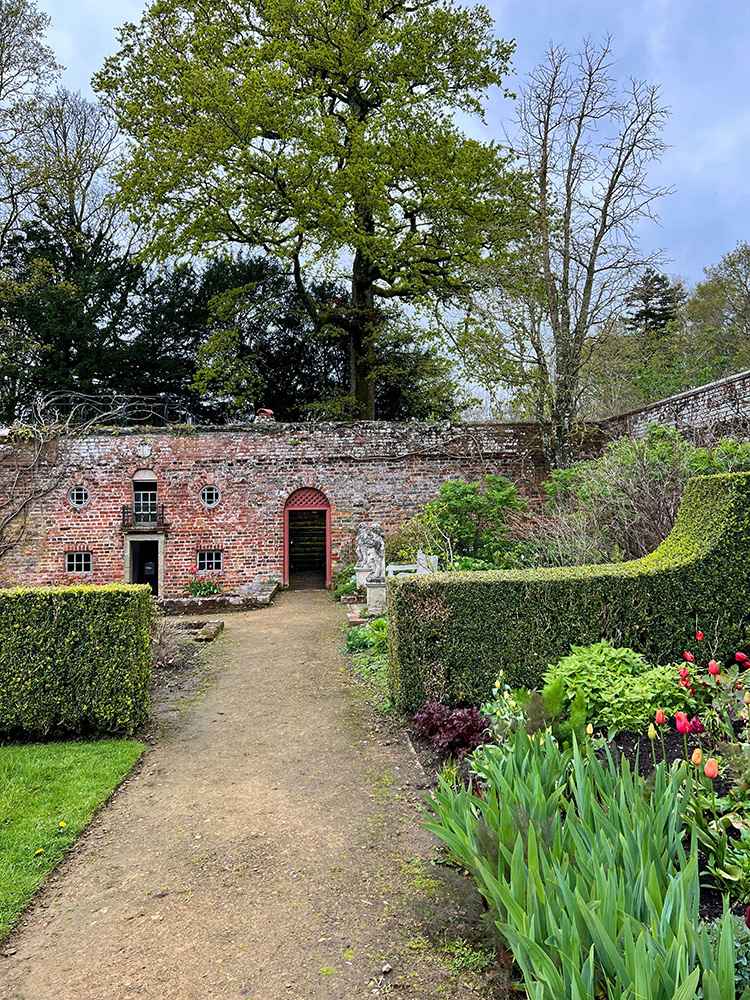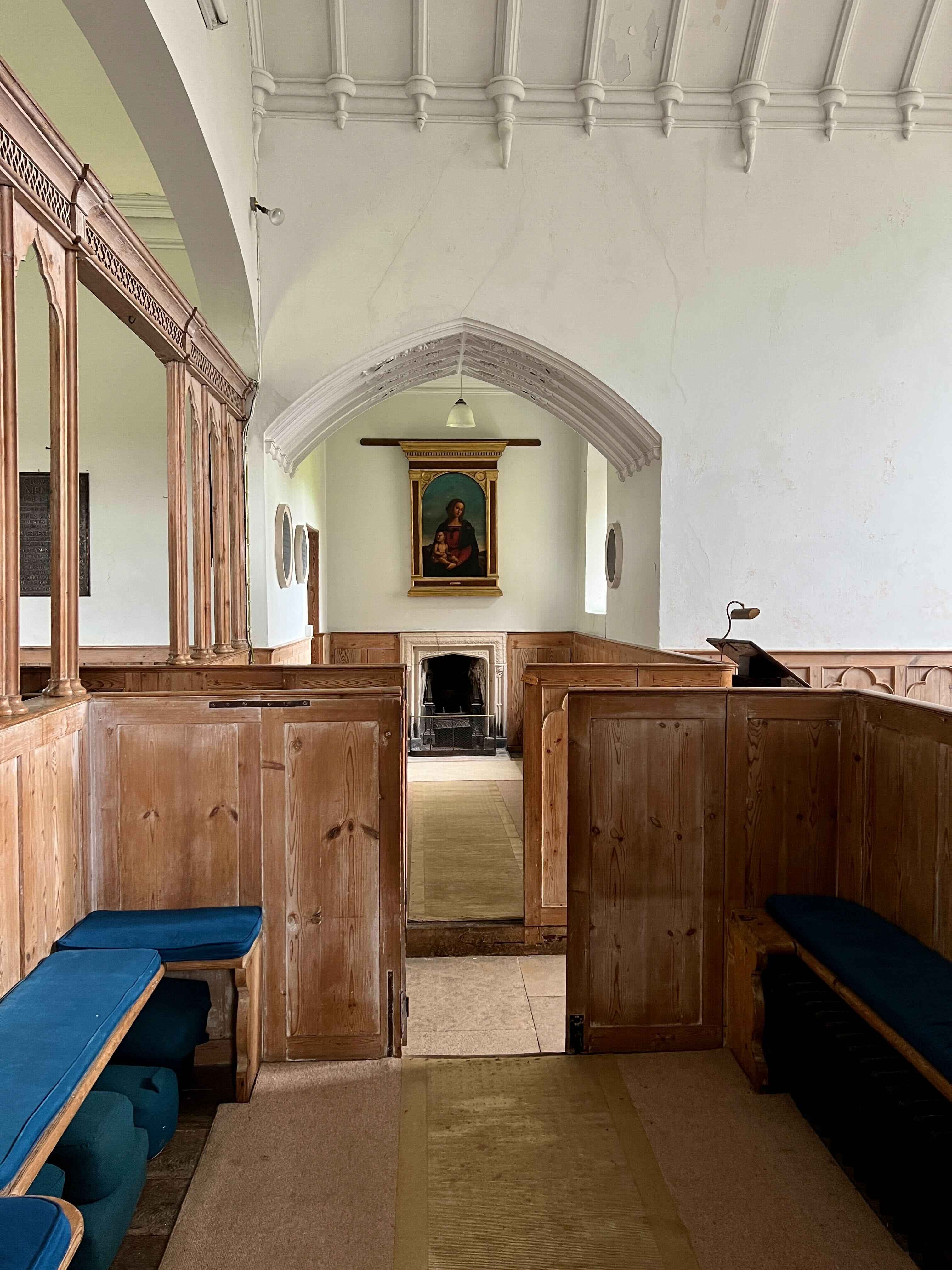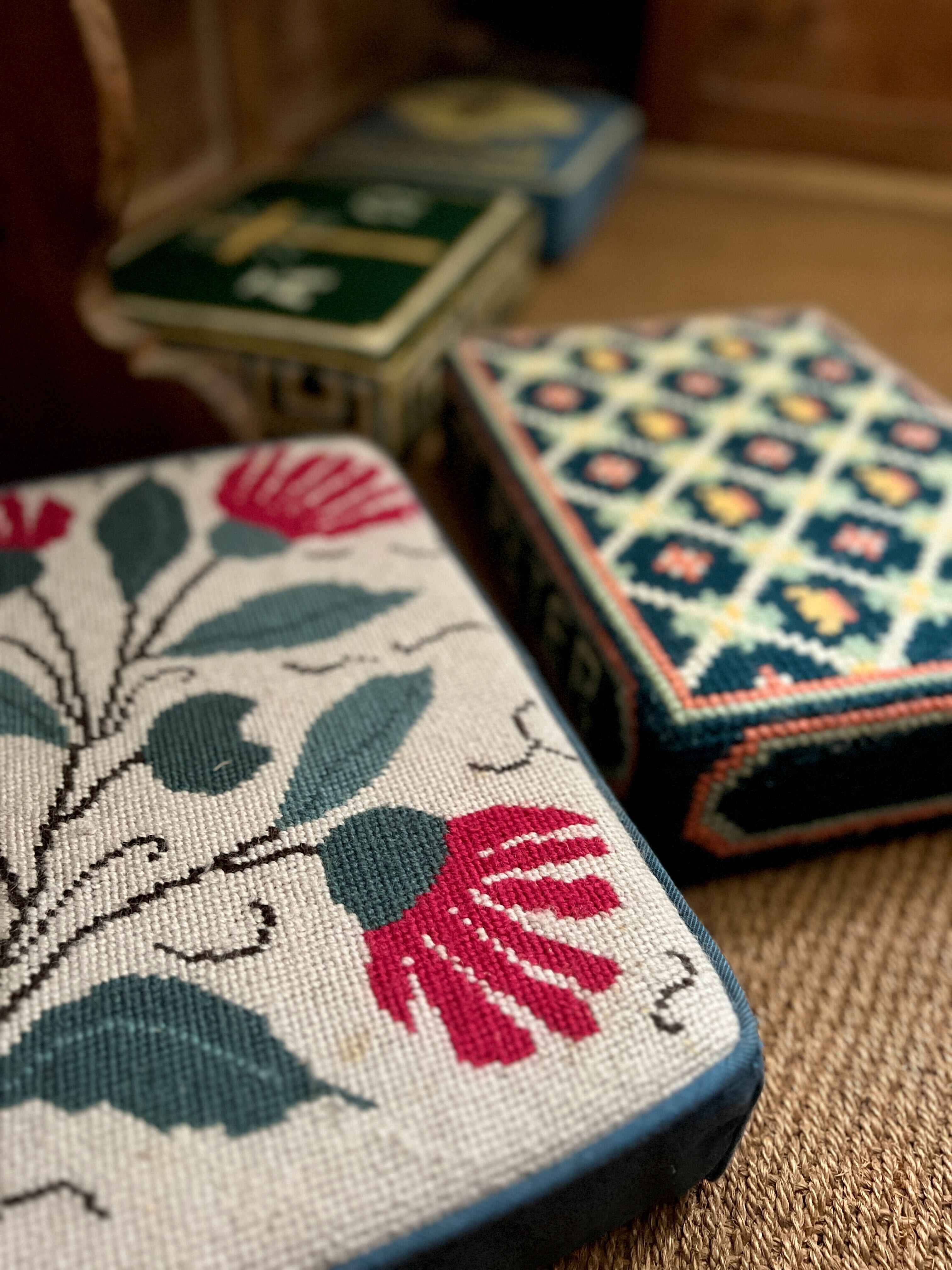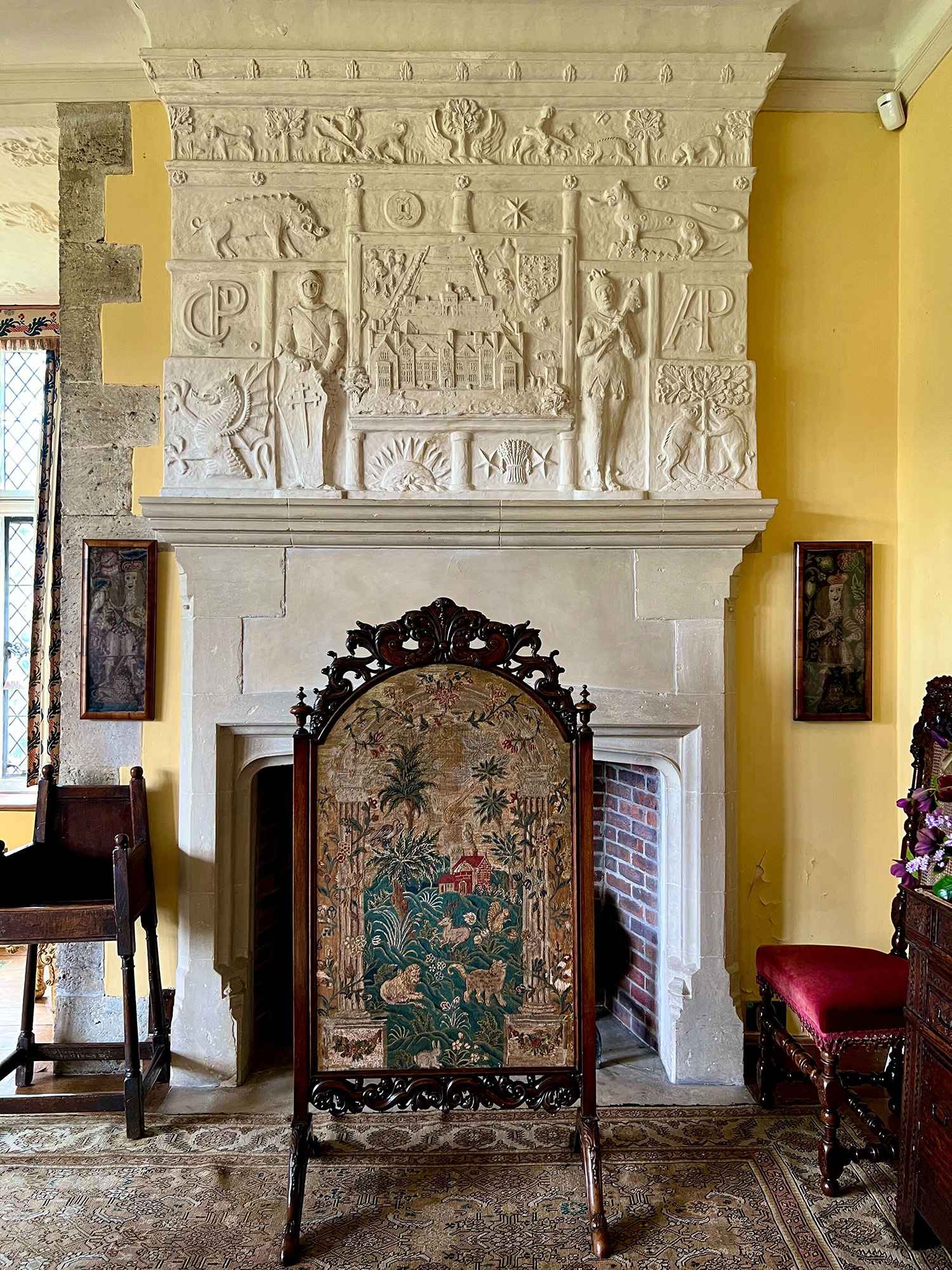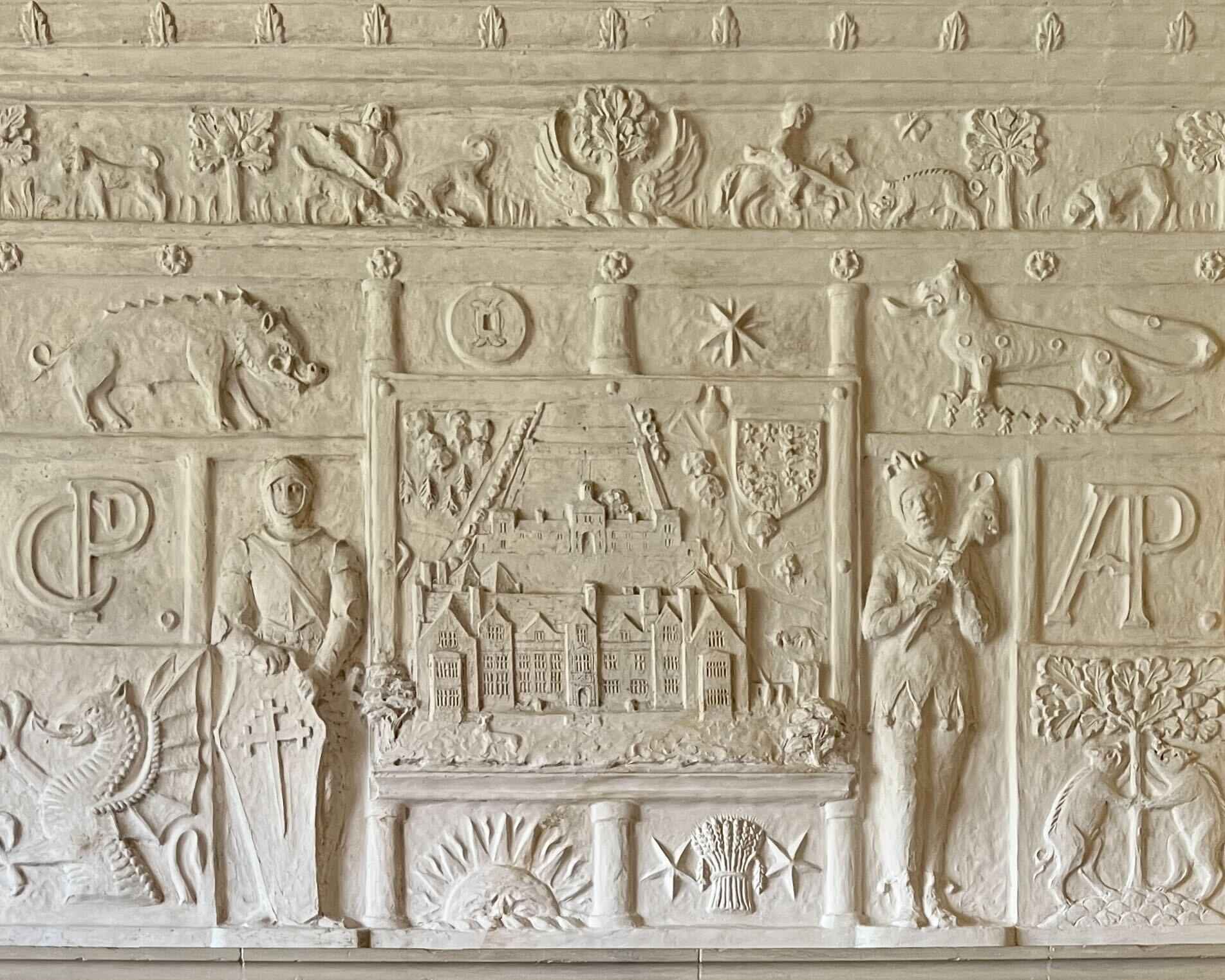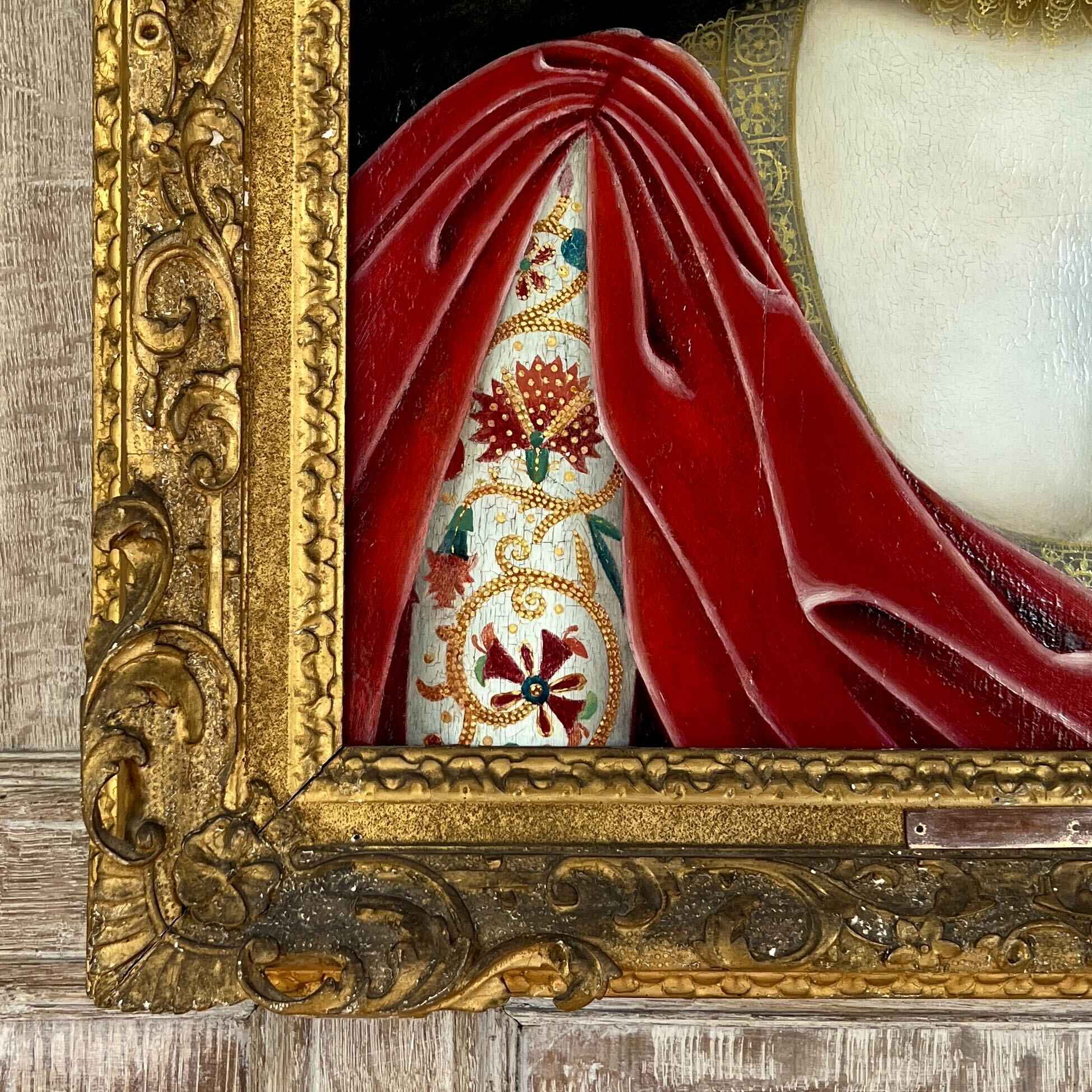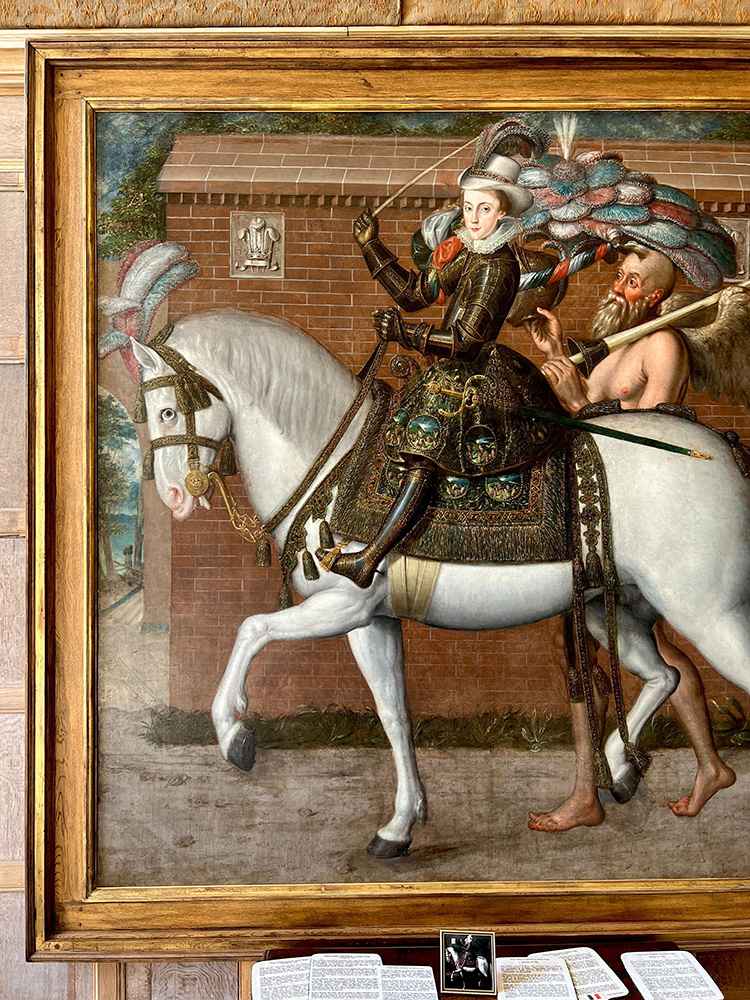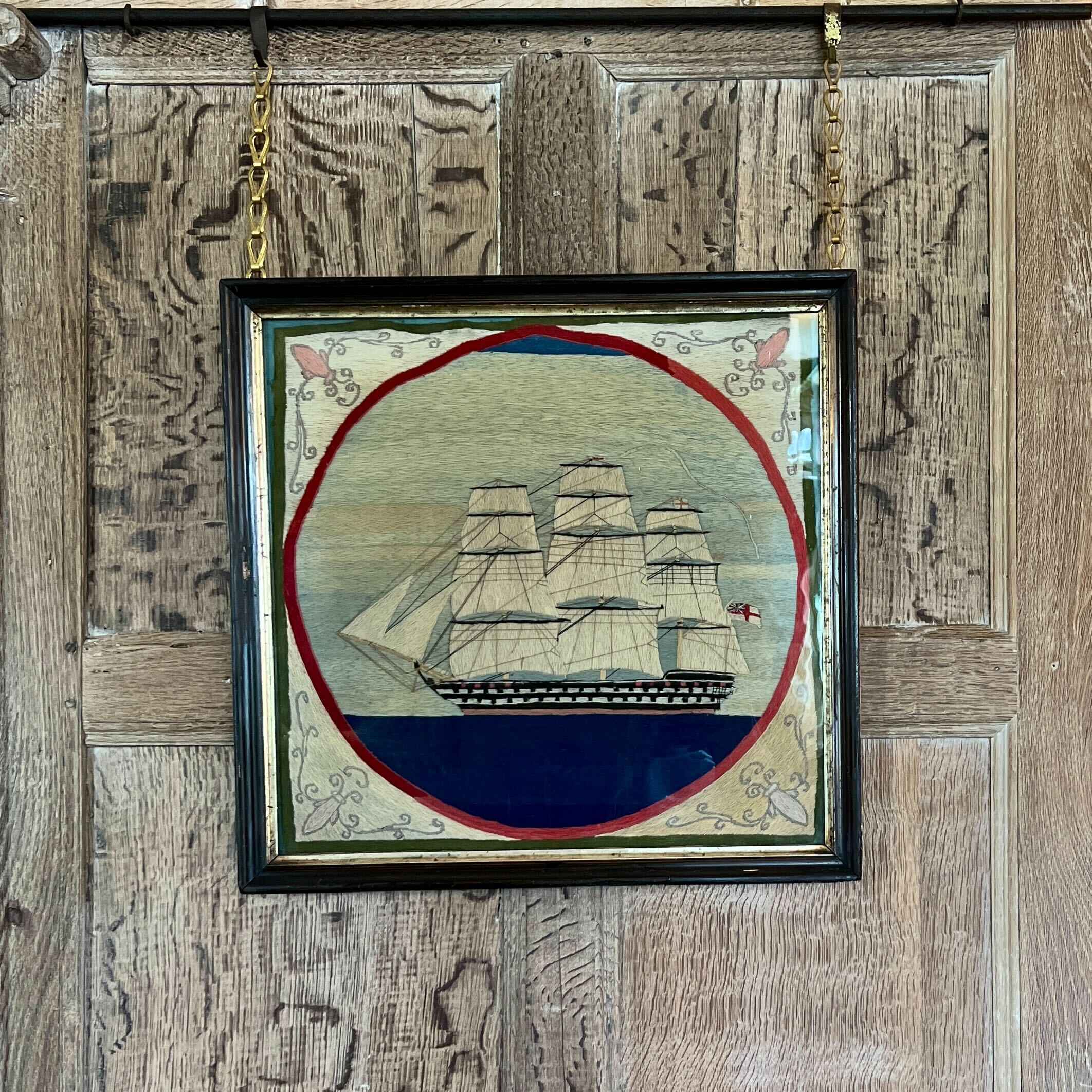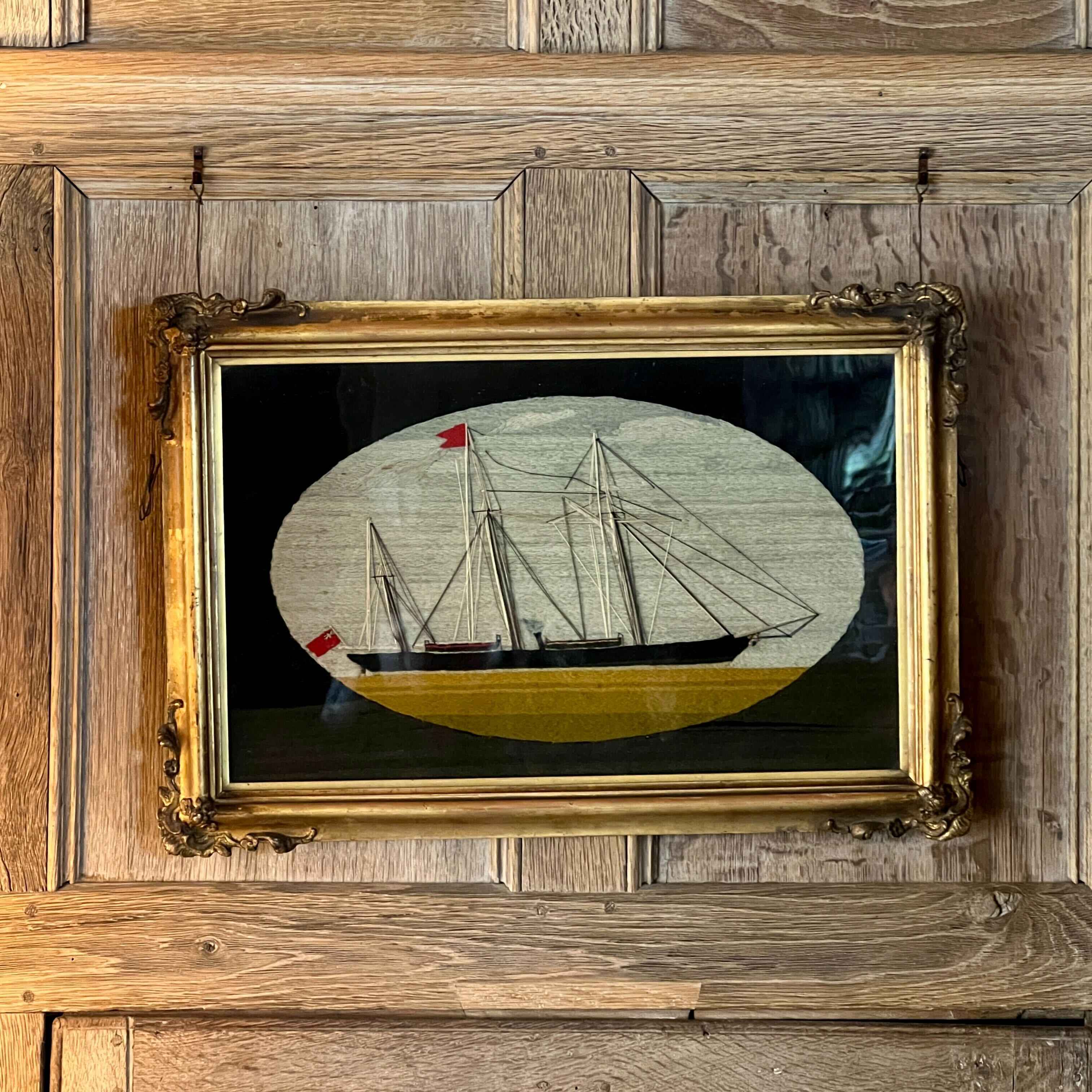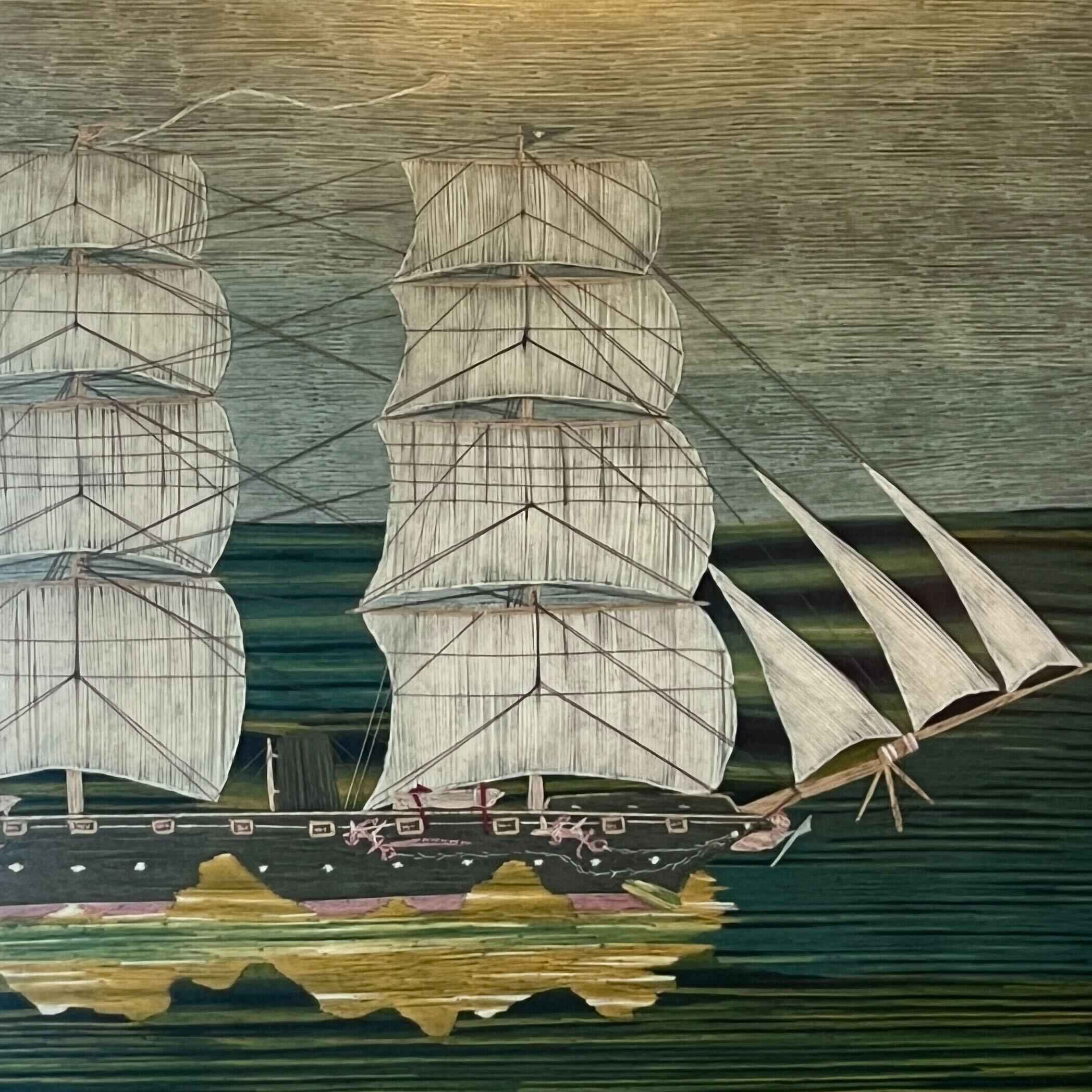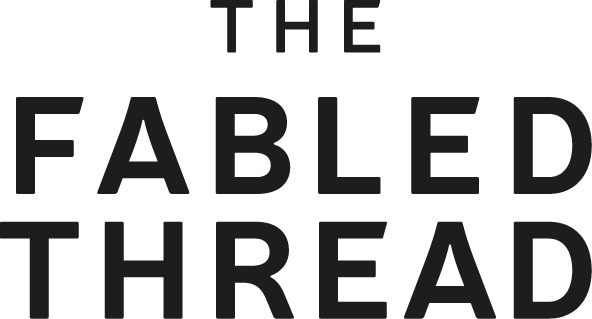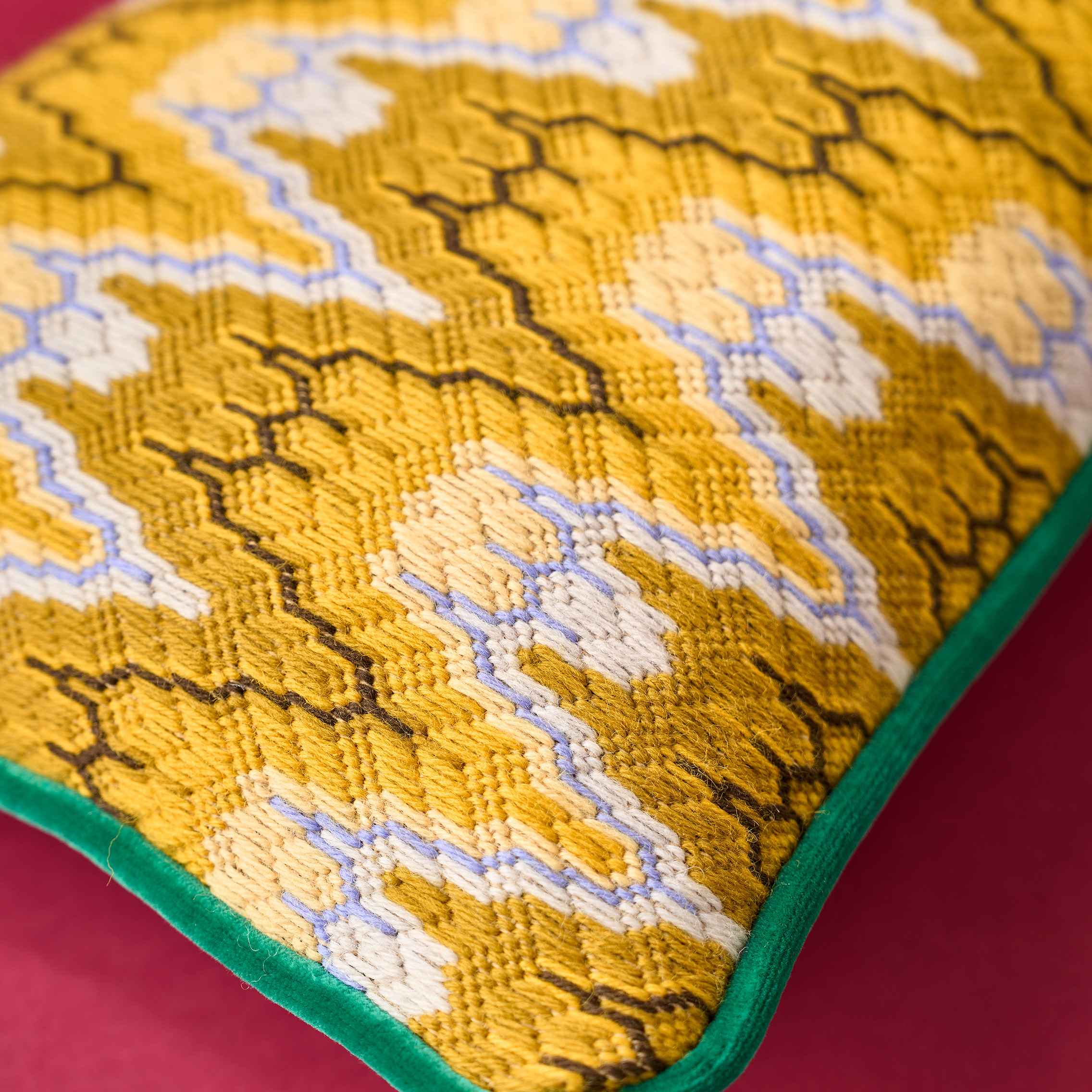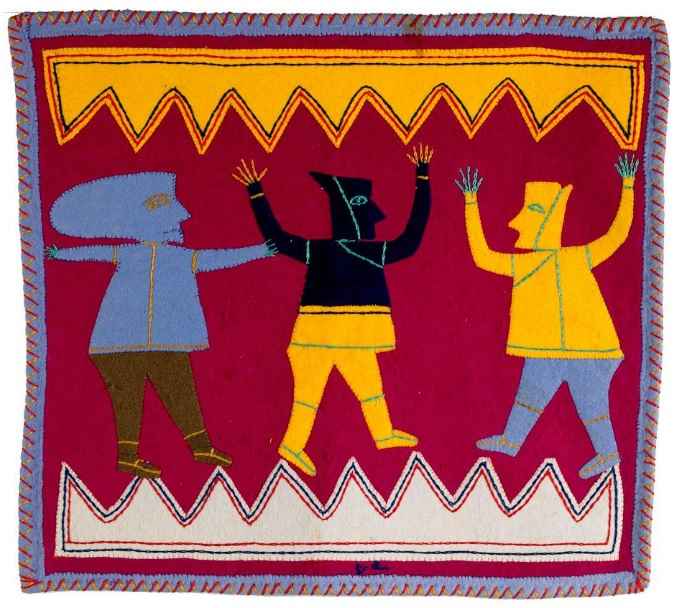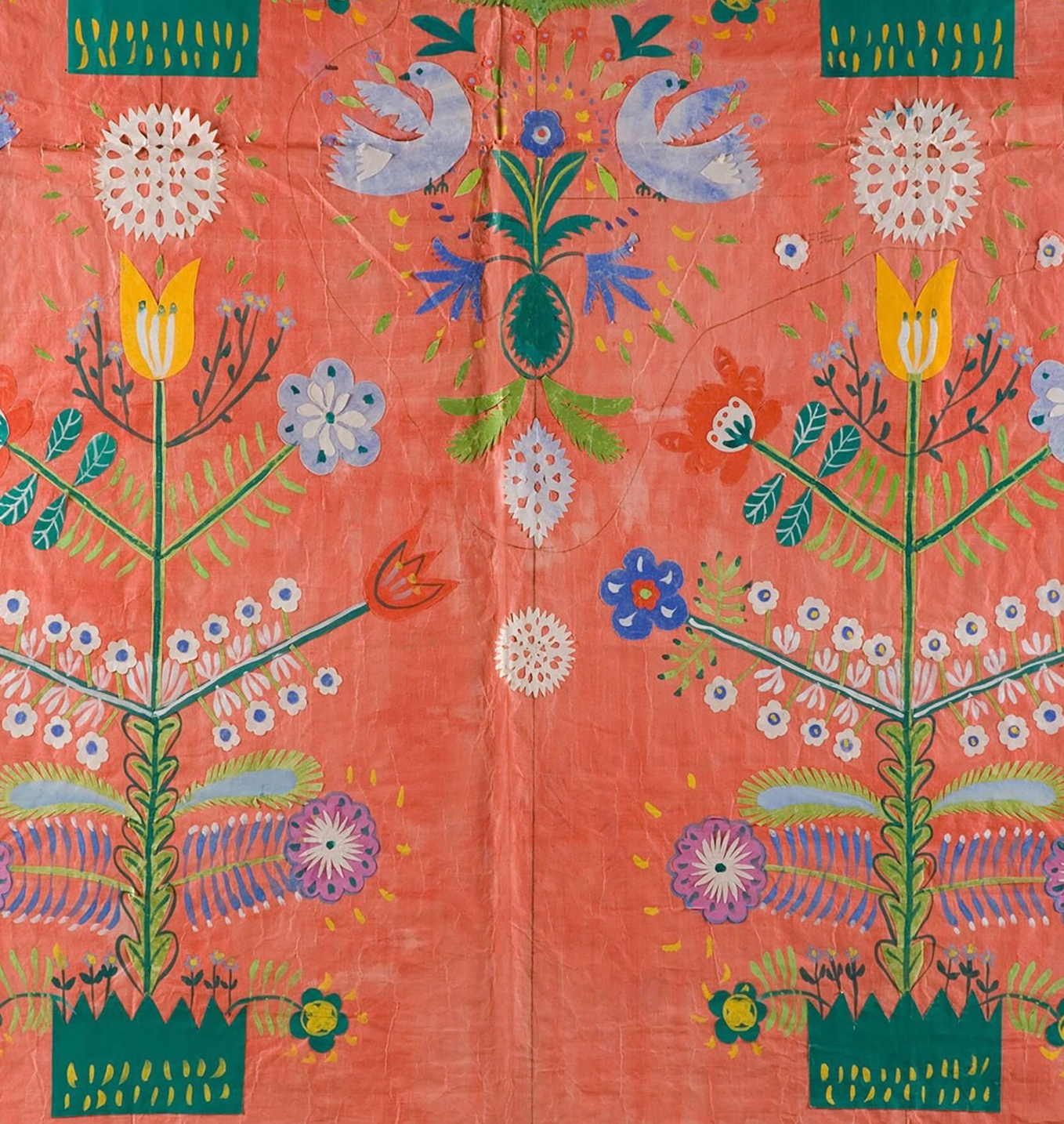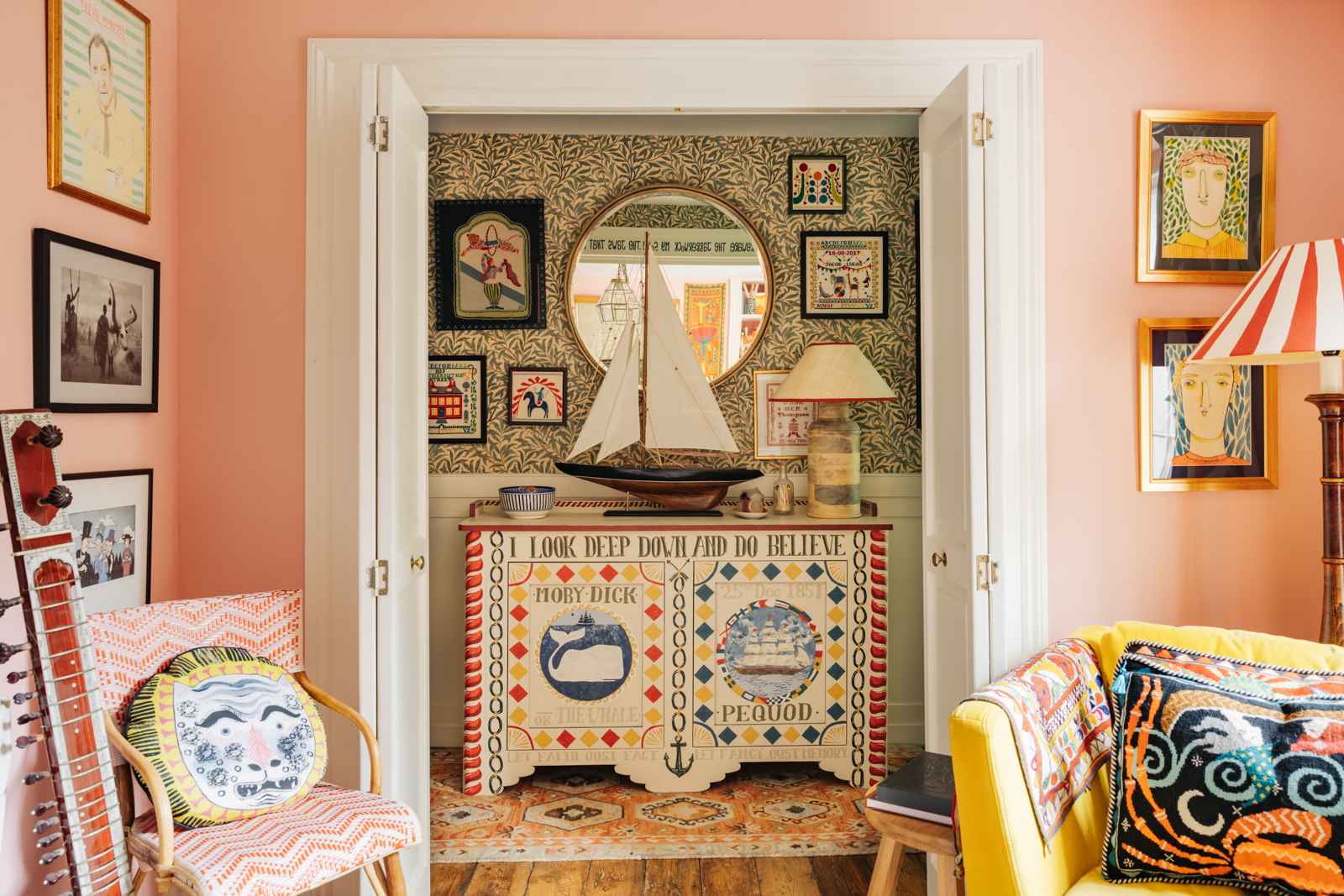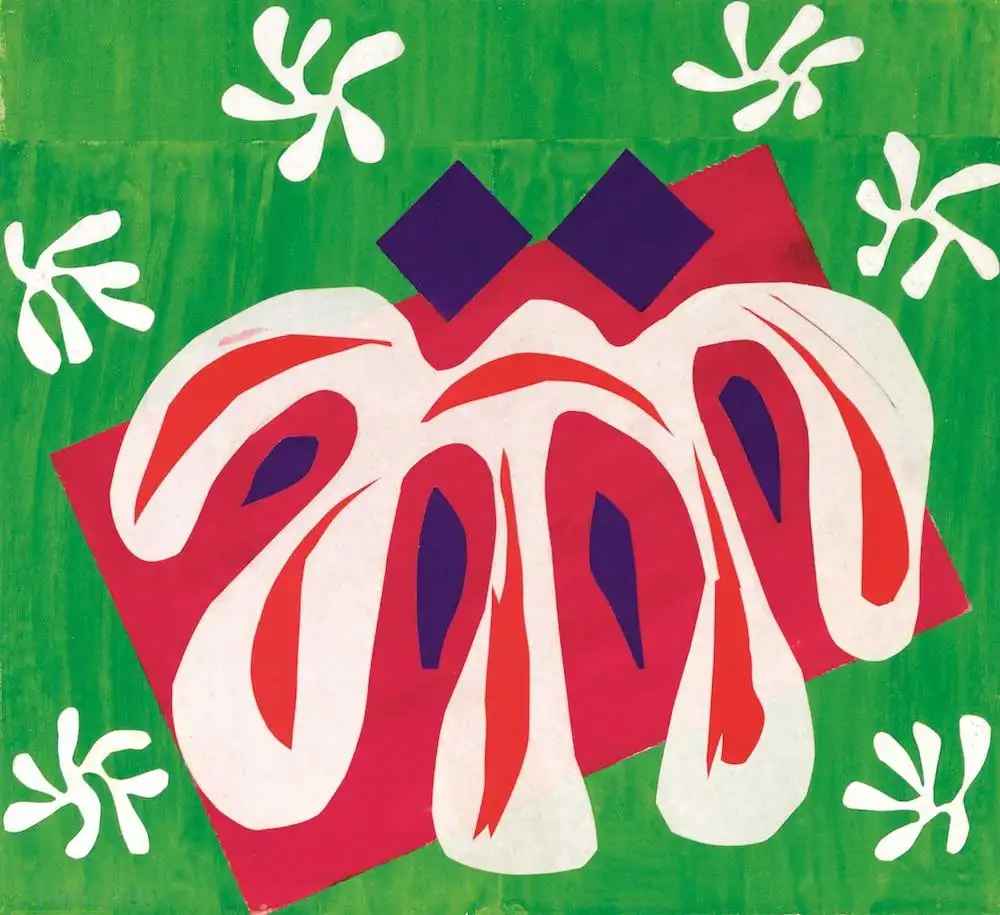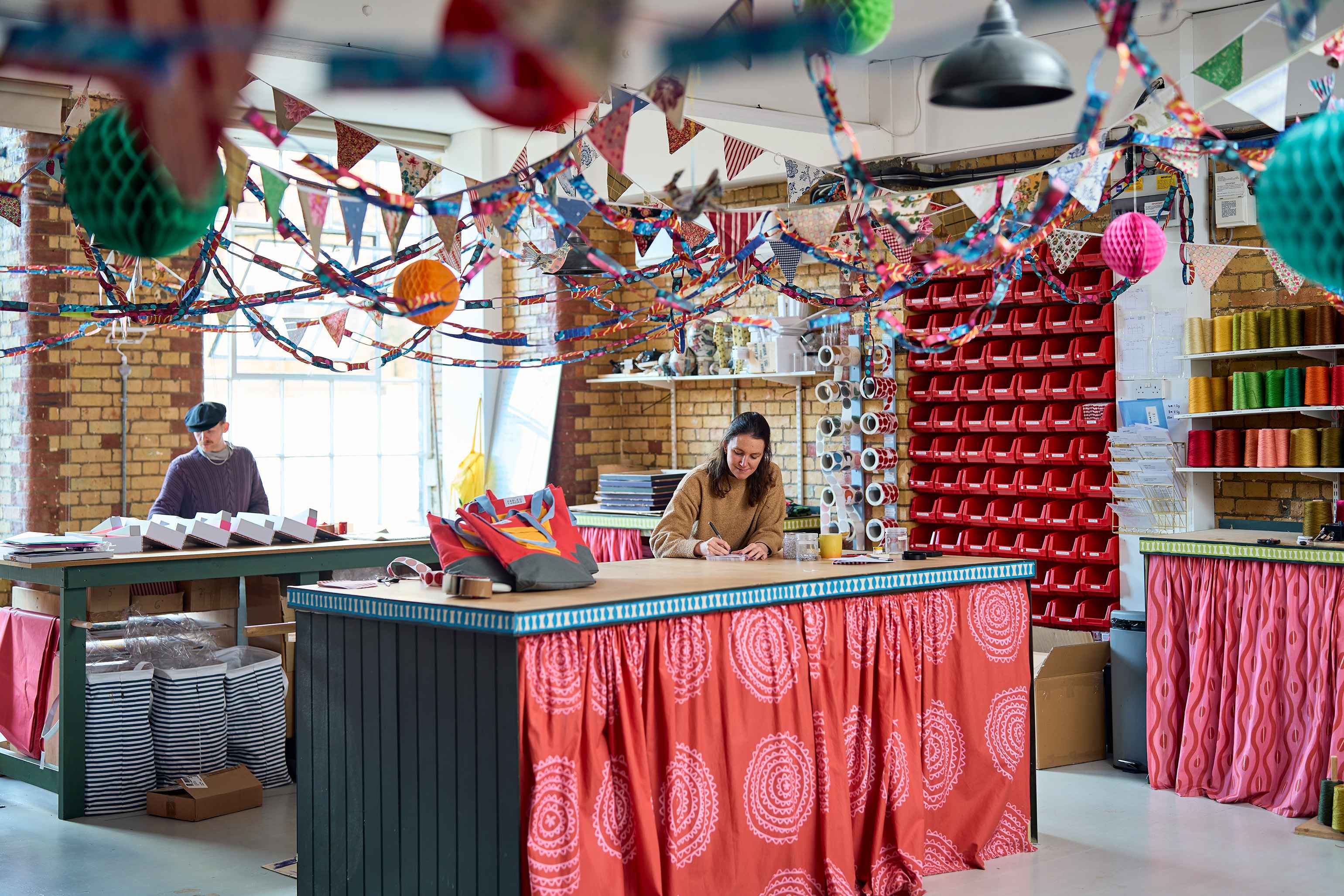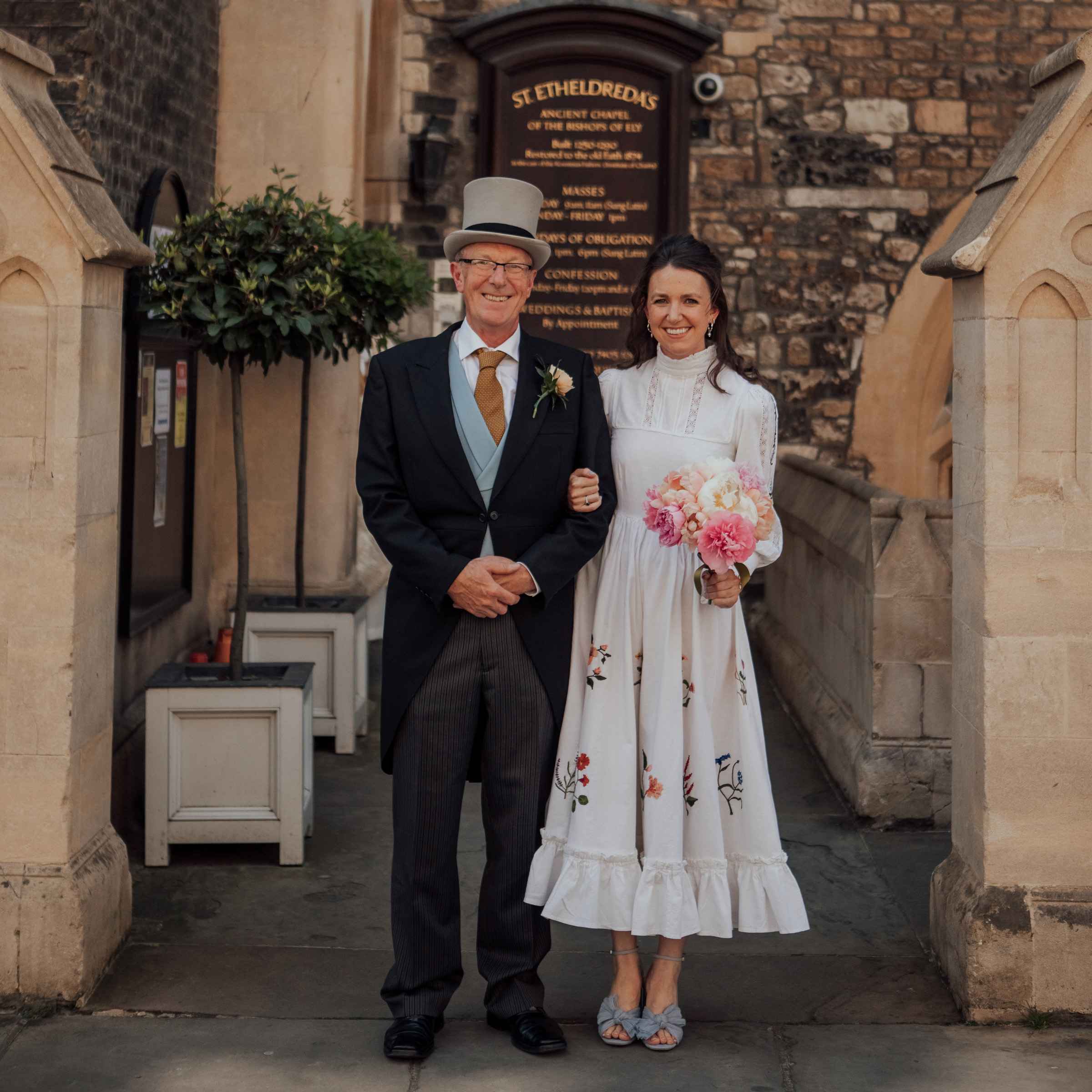
Parham House and THAT Bargello Bed
Bargello stitching derives its name from the Bargello Palace museum in Florence, where a number of early examples of this 17th-century Florentine stitching method can be found. However it's not very easy to fly to Florence to take look, and from advice others have given me, there are remarkably few examples of the historic textiles in its namesake museum. Thankfully, far closer to home there is a magnificent temple to needlepoint... Parham House.
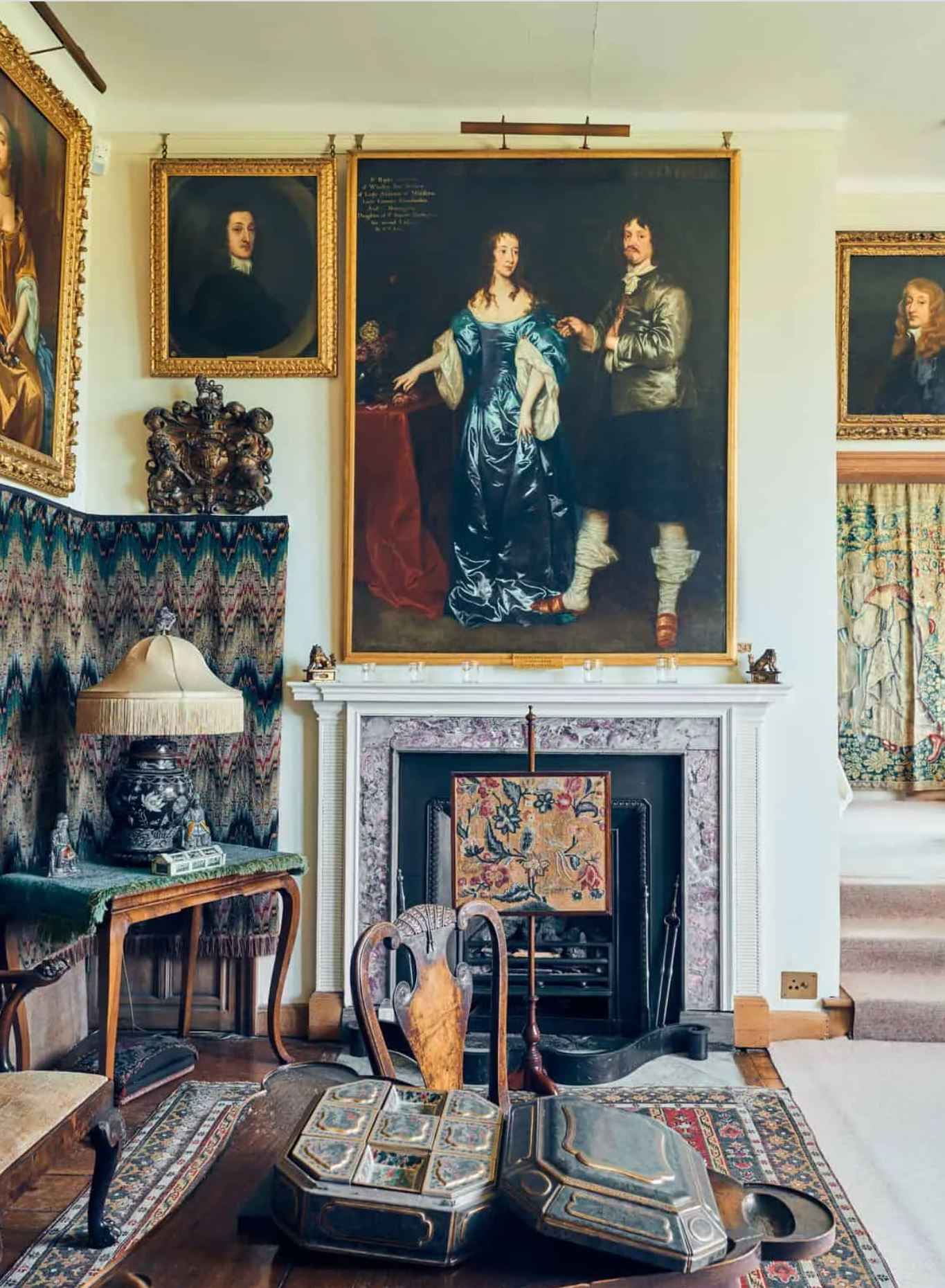
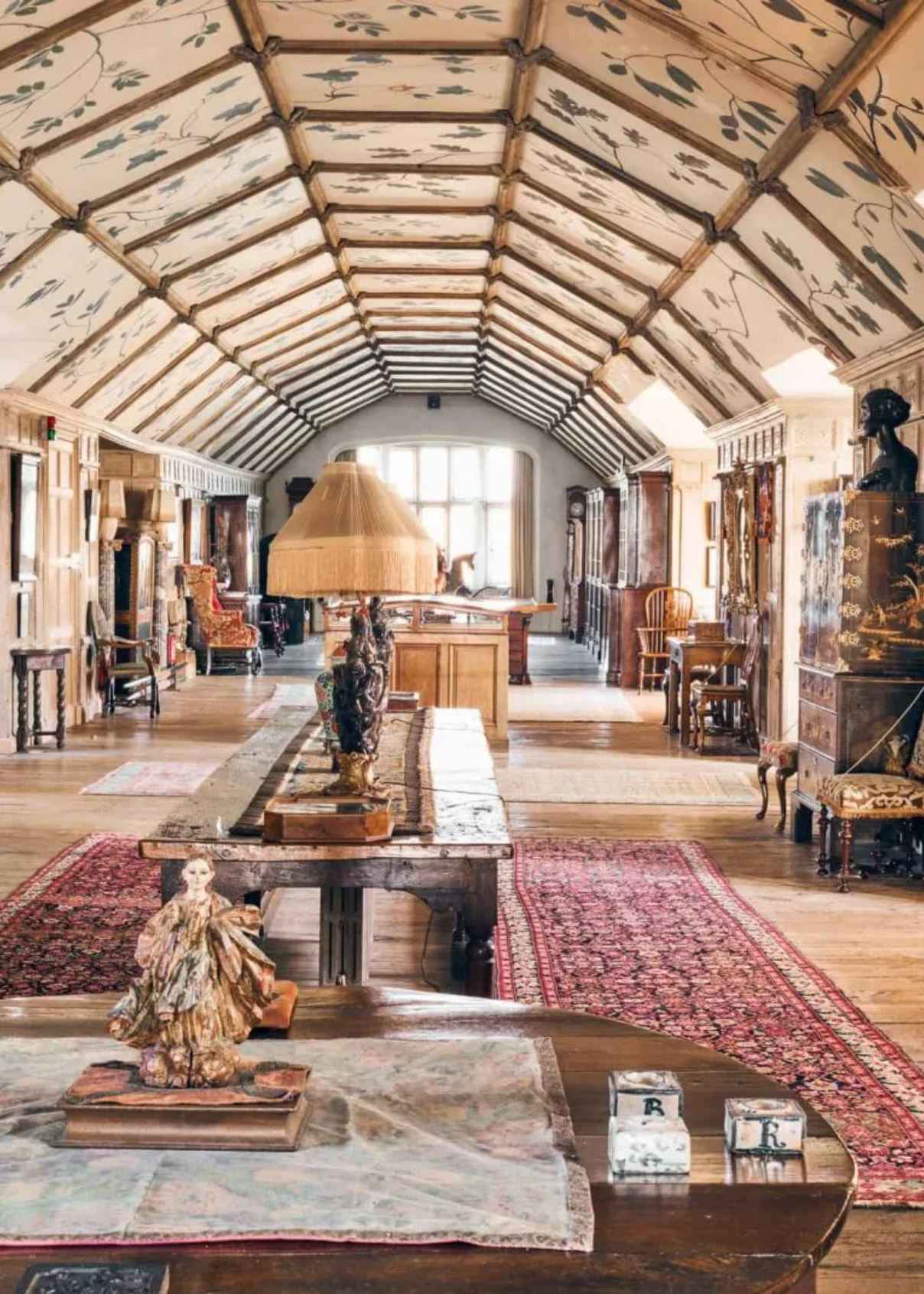
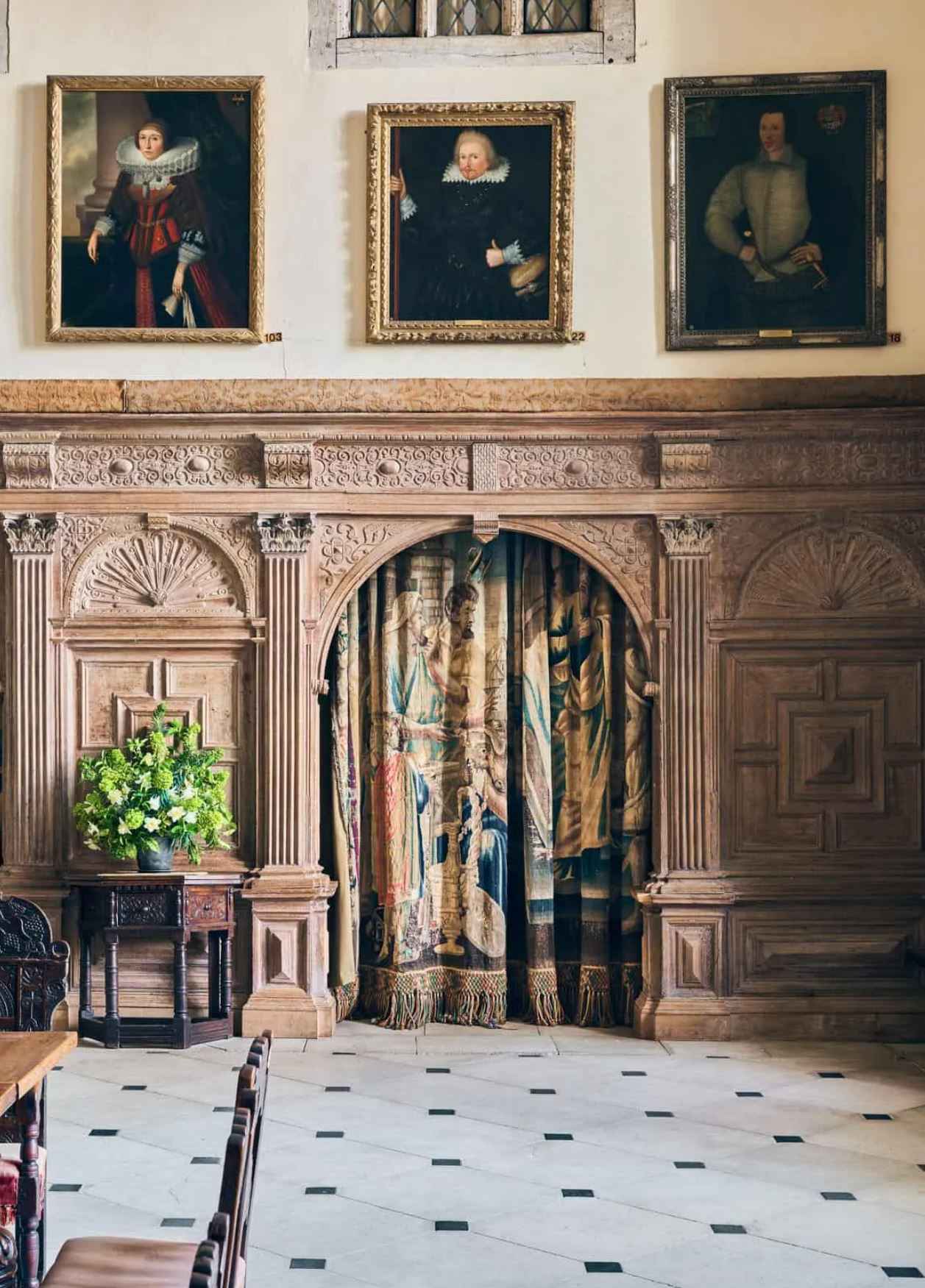
Whilst many had told me to visit Parham House and their needlepoint collection, few had prepared me for the sheer quantity and quality of pieces on display. Whilst from the outside, the house is rather austere, it is anything but inside.
The house was built by Thomas Palmer, a prominent member of the Elizabethan court, before being sold Thomas Bishopp, whose descendants lived here for eleven generations. In 1922, the house was in a very bad state of repair and sold to the Clive and Alicia Pearson. Over the years, they meticulously restored the house, with sensitivity to all the original details and acquiring back into the property a splendid collection of art, antiques, and tapestries, many of which had once been at Parham or had an association with the House.
Alicia Pearson was a passionate needleworker and through these acquisitions she also brought together one of the finest early needlepoint collections in the UK. The needlework is prominent throughout the property, from the embroidered chairs, to the tapestries, the fabric lined rooms, the grand gallery to that beautiful bargello embroidery bed.
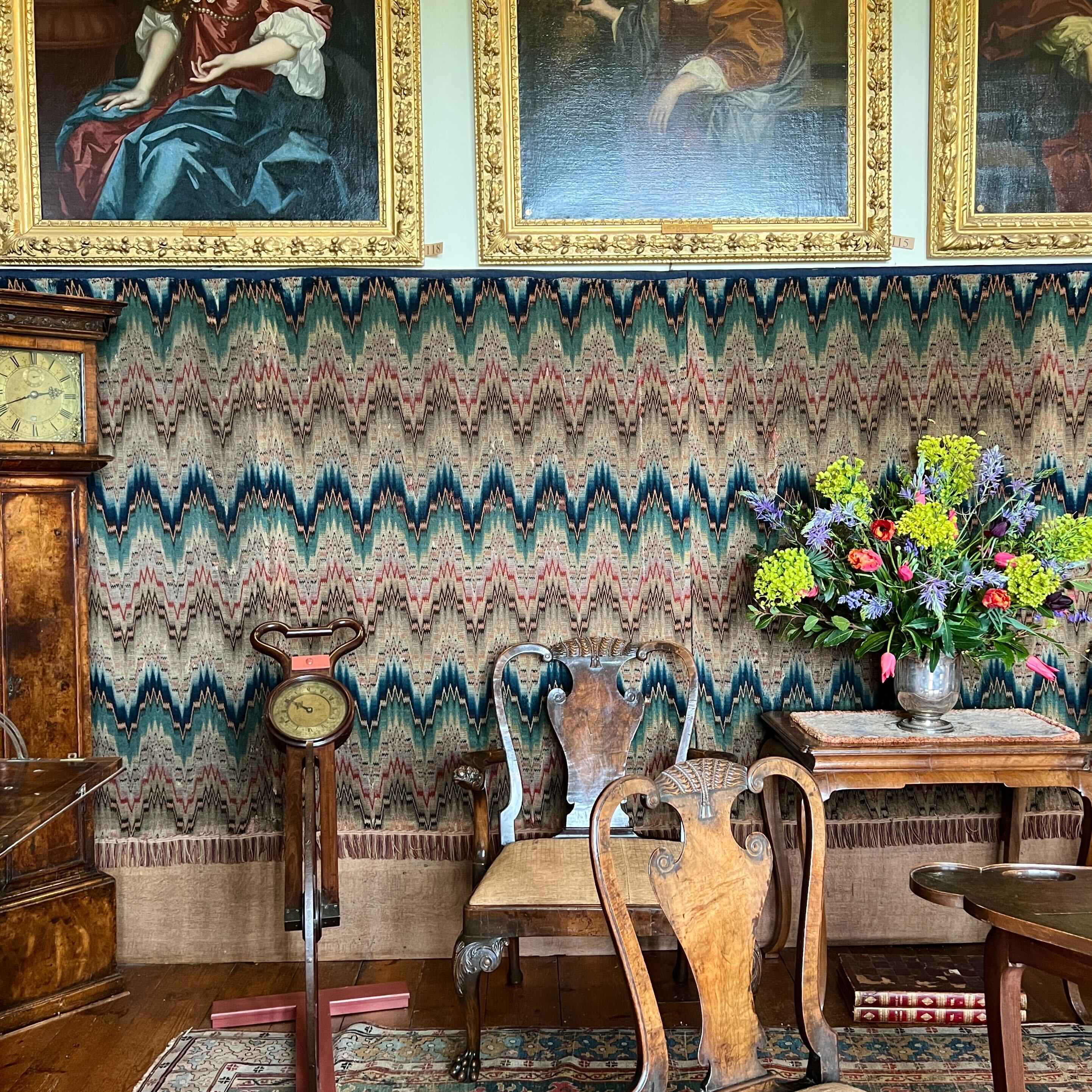
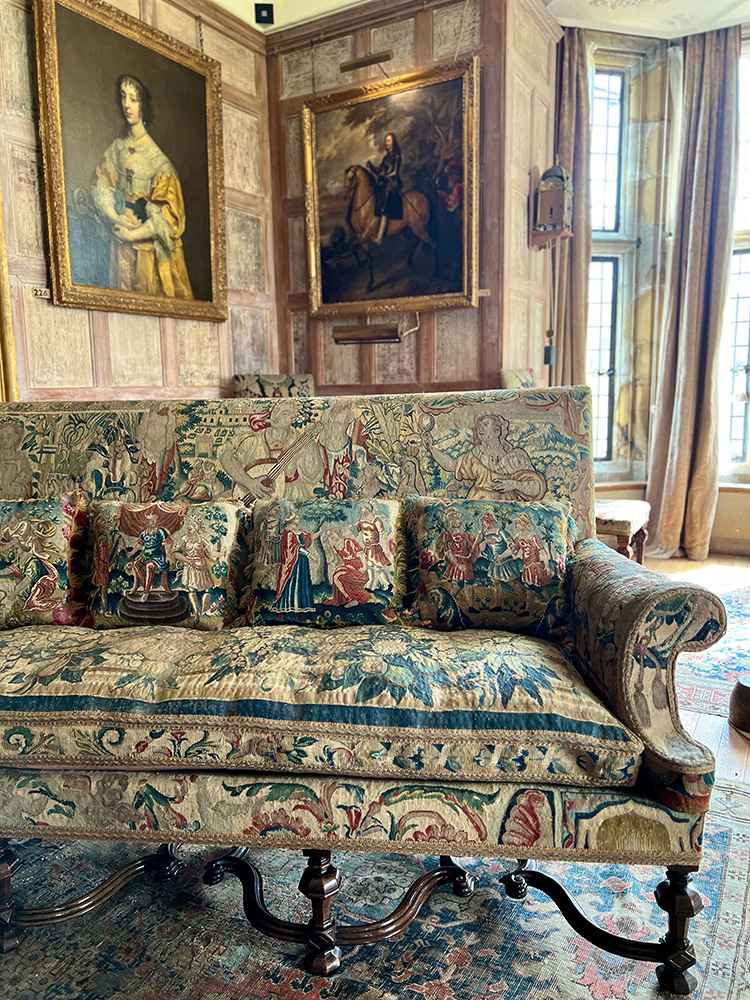
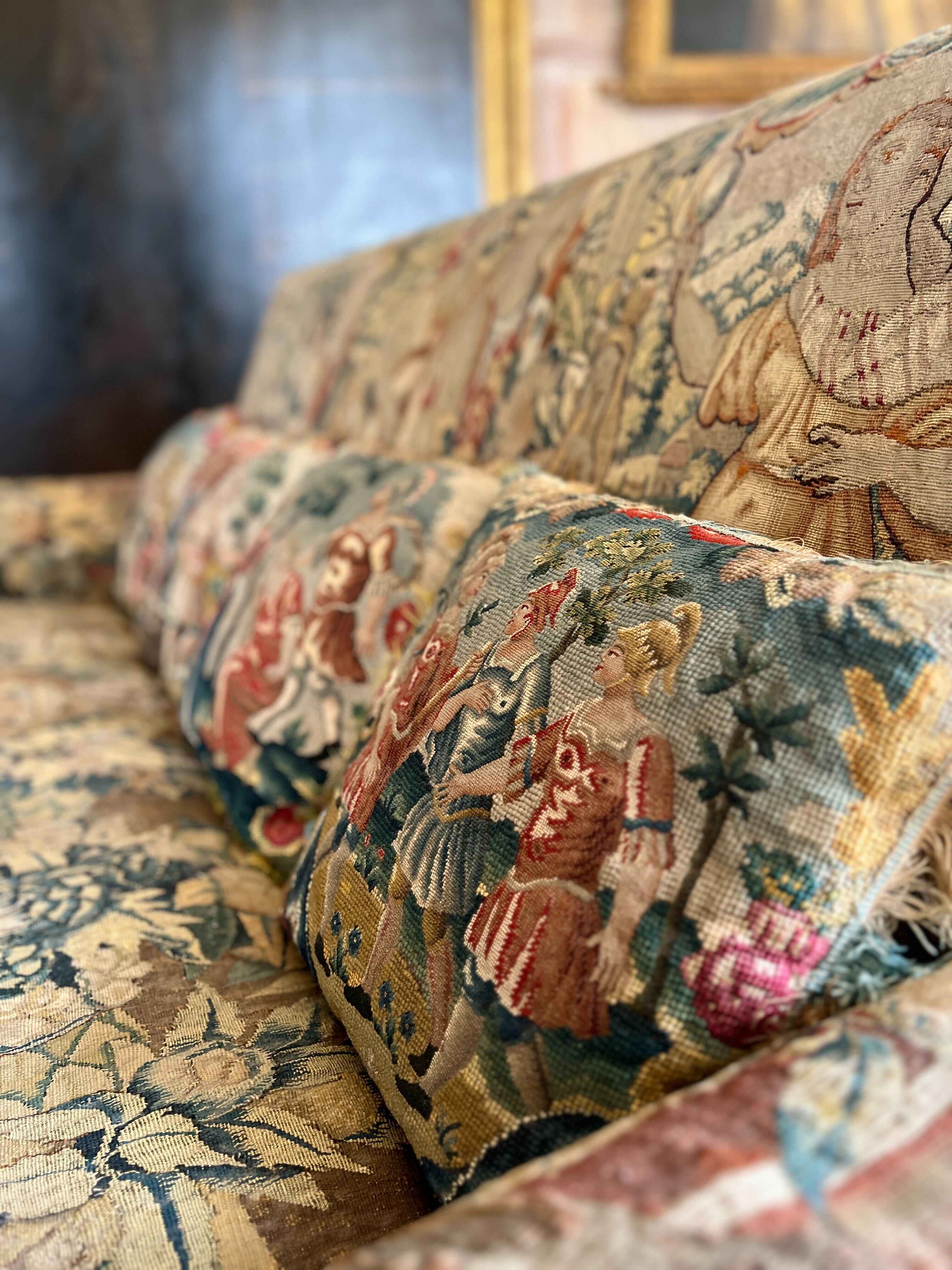
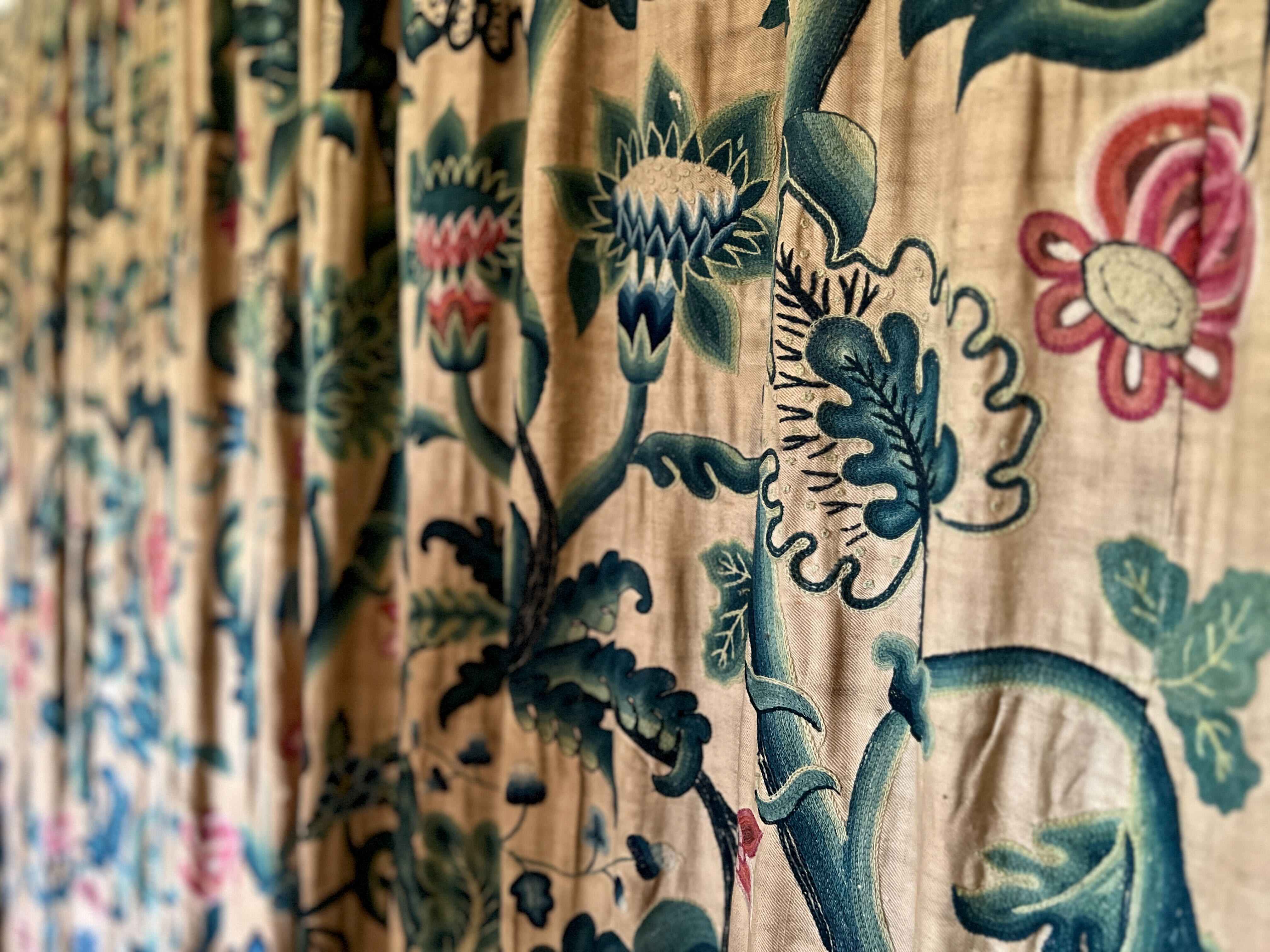

I visited Parham House last Spring in a pilgrimage to see the examples of early bargello. The magnificence of The Great Bed, with the bargello stitched side panels and entirely embroidered inside, is something to behold. Dating from ~1585, with its curtains and pelmets dating to ~1620, its condition is remarkable. This bed is the primary inspiration for our Florentine pattern from our bargello range. I spent hours staring at close up images of the bed panels to try and understand how it was stitched and how it could be recreated. Whilst this design is the most advanced in our bargello kits, here's hoping the cushions last as long as the piece that inspired them!
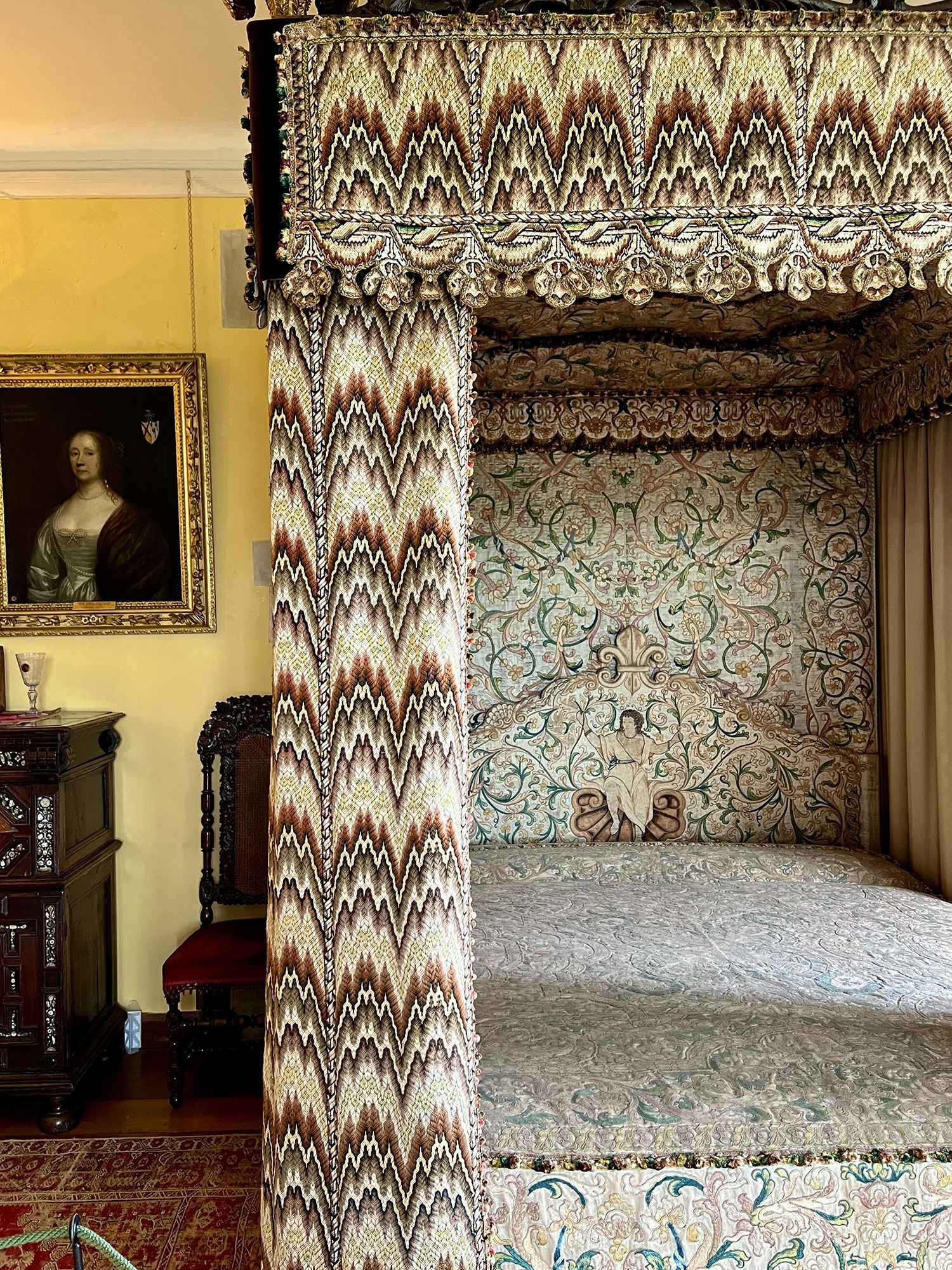
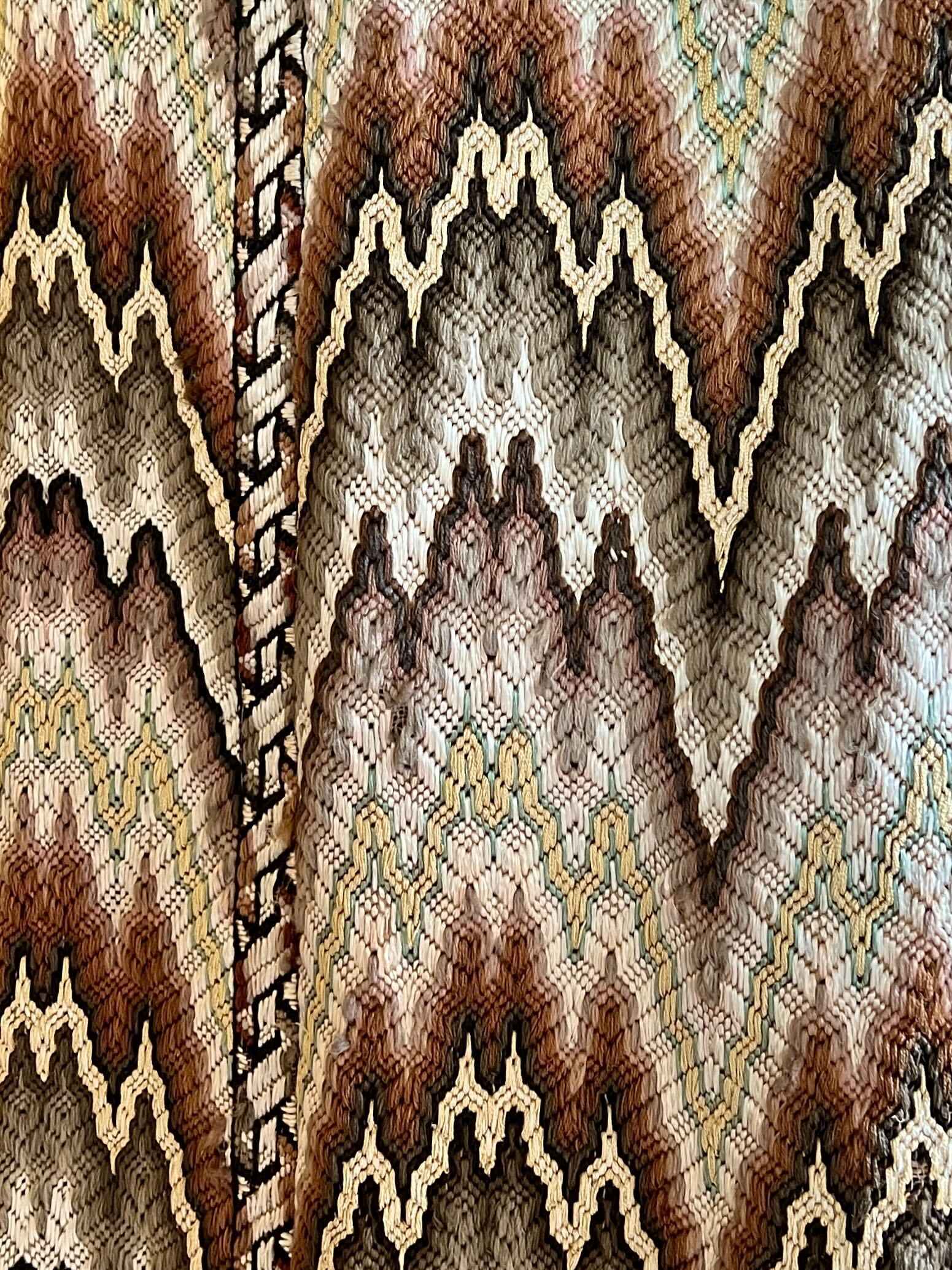
When you visit, your exposure to needlework slowly grows. In the early rooms there is the odd cushion, then the odd needlepoint chair, until you hit the room with The Great Bed and the rest of the house goes needlework crazy - there are rooms lined with it, hallways dedicated to it, hanging, fabrics, artworks galore. Just take a look at these rooms lined with needlepoint.
With regards to the images below on the top left... I spent rather a long time in discussion with the wonderful room attendant (much to my long suffering husbands annoyance) about how this is created as it isn't needlepoint. It almost looks as though it is knitted or as though its a multi-stranded chain stitch. I would be fascinated to understand this technique more so if you happen to know more about it, please do send me an email (one day we will try gets comments activated on the articles!).
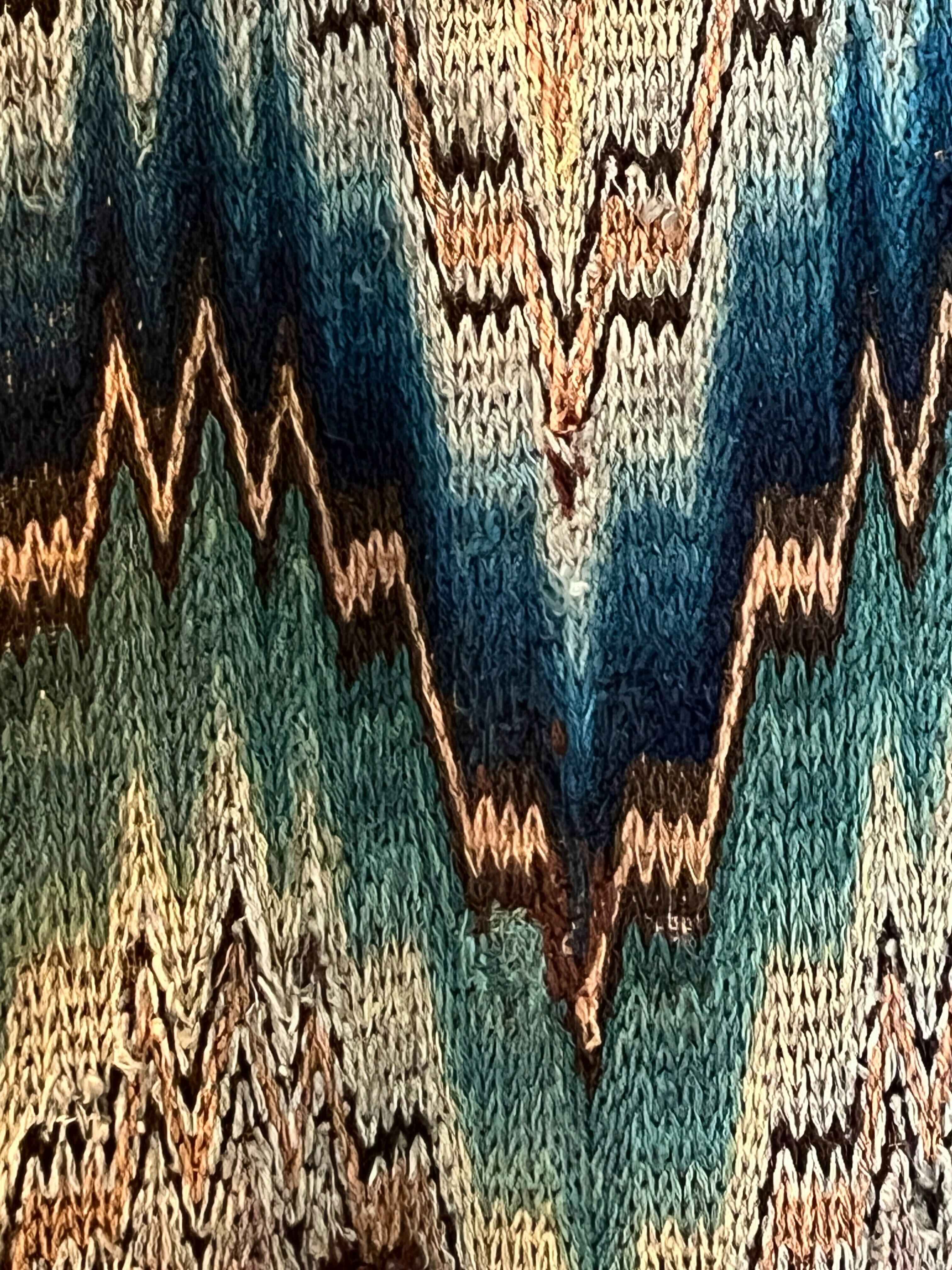
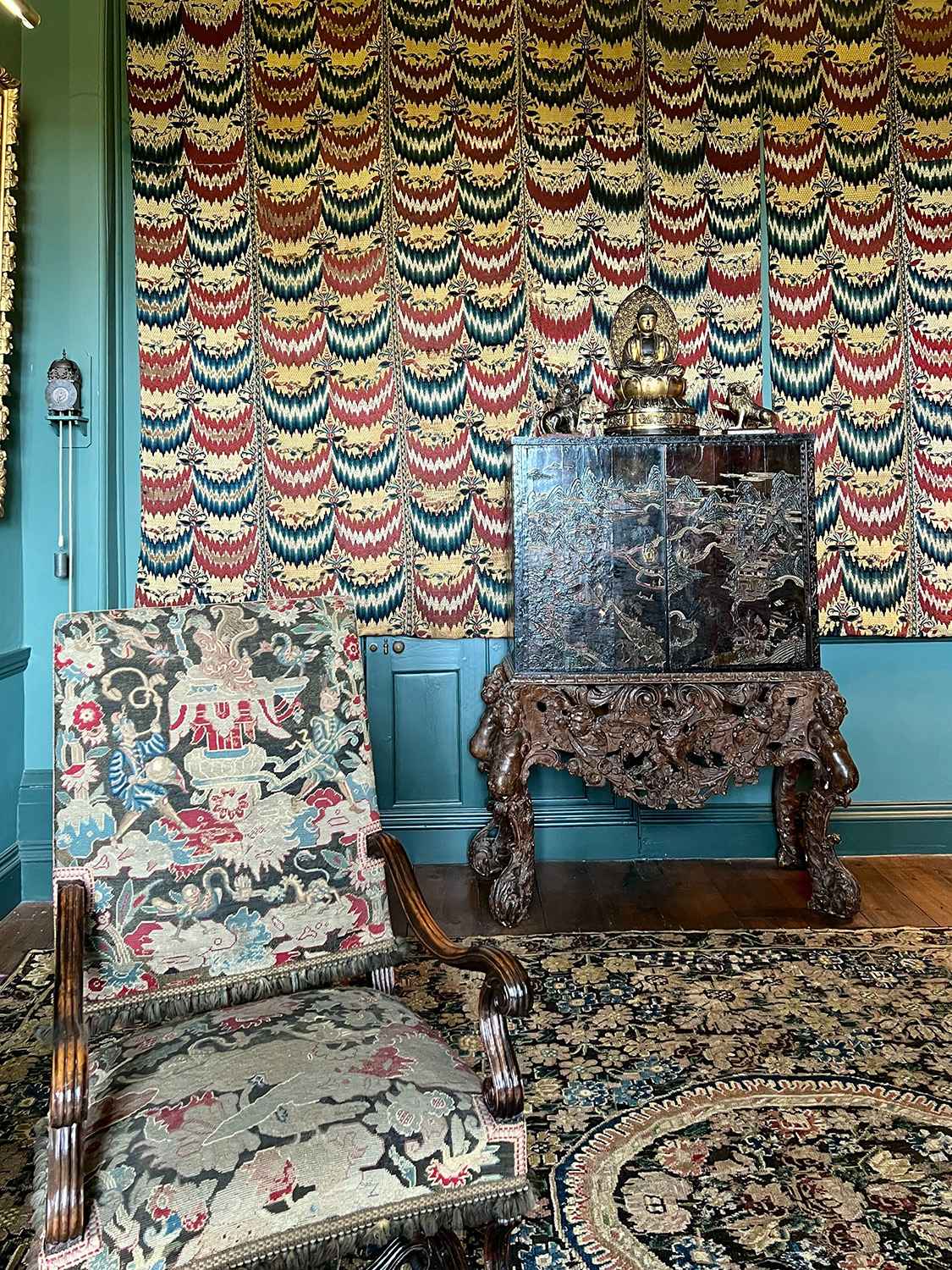
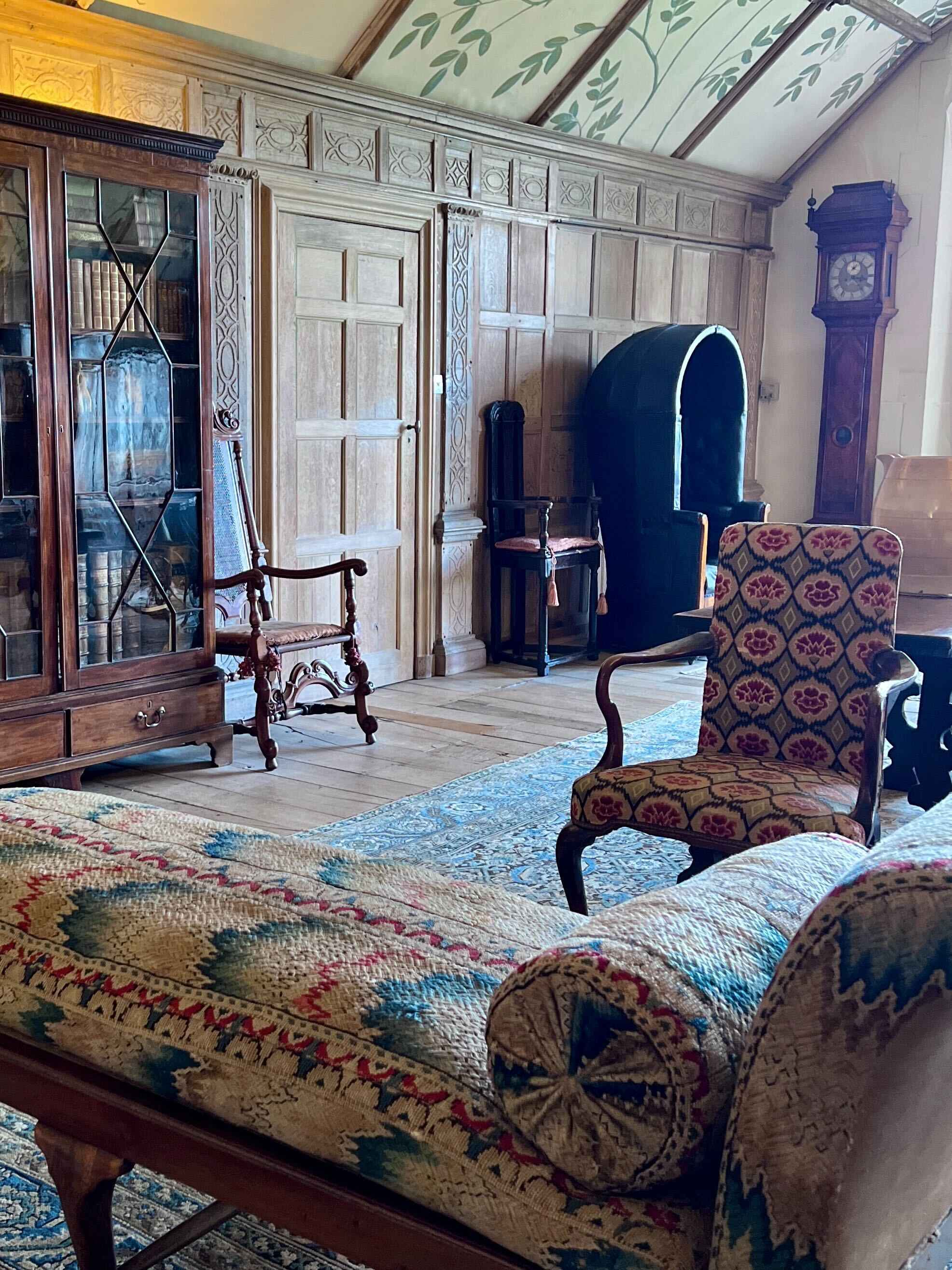
If you too have someone in your life who is a bit fed up of you going on about textiles, then Parham is the perfect balance. Whilst you may obsess over the intricacies of the embroidery, there are also many other artworks to admire, beautiful rooms, and a wonderful walled garden with the sweetest wendy house imaginable. Below are just some of my final snaps from a wonderful day out.
Now, the bad news... this article is very poorly timed as Parham just closed for the winter season but will reopen again for visitors from 31st March 2024. I highly recommend booking in advance: we did not and had to wait for several hours for our time slot. If I were to plan a perfect day out in West Sussex, I would say start with an early of Charleston, head to The Star at Alfrinston for lunch then drive over to Parham for an afternoon tour.
